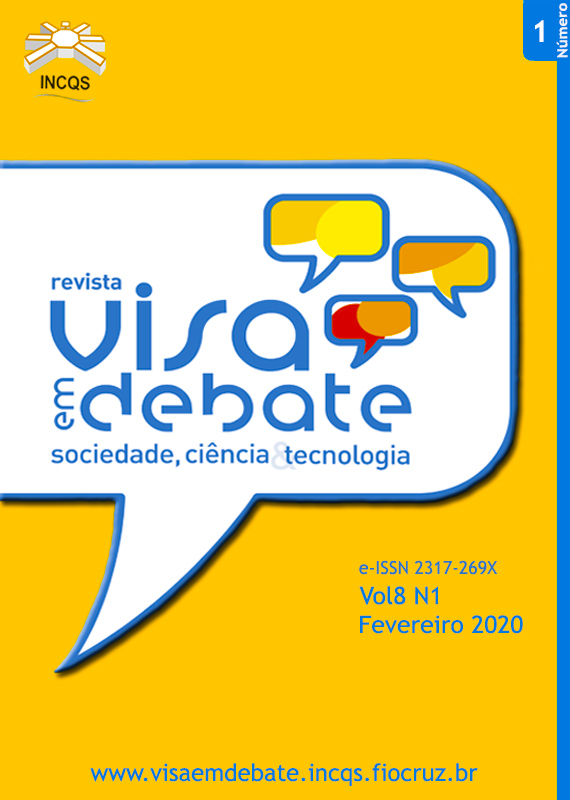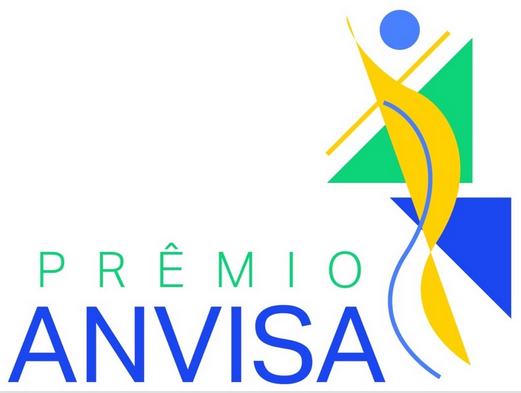Evaluation of Violet Red Bile Glucose agar specificity for Enterobacteriaceae isolation in raw goat milk
DOI:
https://doi.org/10.22239/2317-269X.01340Keywords:
Enterobacteriaceae, Pseudomonas, Milk, Acinetobacter, LegislationAbstract
Introduction: Coliforms have been used over the years as indicator microorganisms for microbiological quality. However, several studies report the lack of direct correlation between their presence and that of pathogens in the evaluation of food safety, leading to the suggestion of new analysis proposals, such as the search for total enterobacteria, which includes all members of the Enterobacteriaceae family. Objective: This study aimed to determine the population of enterobacteria in raw goat milk samples based on the microbiological criteria suggested by the National Health Surveillance Agency - Ministry of Health (Anvisa - MS) - Public Consultation Noº 542 of July 17, 2018 for Pasteurized milk samples. Method: 21 samples from small producers from different regions of the state of Rio de Janeiro were used. Isolates were obtained from inoculation on VRBG agar according to ISO 21528-2 and identified by Matrix Associated Laser Desorption-Ionization – Time of Flight (MALDI/TOF) mass spectrometry. Results: Of the 222 isolates identified, only 26.6% belonged to the Enterobacteriaceae family. Another 61.3% belonged to the Pseudomonas genus, 4.5% to the Acinetobacter genus and 7.6% were Stenotrophomonas maltophilia. Although there are no microbiological parameters in Anvisa-MS RDC Nº 12 of January 2, 2001 for raw milk, the results of isolation on VBRG agar led to the investigation of other studies with similar findings regarding isolation of VRBG bacteria from goat and bovine milk samples. Conclusions: Detection in VRBG agar of non-Enterobacteriaceae-negative oxidase bacteria, such as those of the genus Acinetobacter, suggests the need for a debate on the methodology indicated by ISO 21528-2 for enumeration of enterobacteria, as the new regulation on standard microbiological data for food will no longer use the coliform group, but the Enterobacteriaceae/g or mL count, as an indicator.
Downloads
Downloads
Published
Issue
Section
License
Copyright (c) 2020 Health Surveillance under Debate: Society, Science & Technology (Vigilância Sanitária em Debate: Sociedade, Ciência & Tecnología) – “Visa em Debate”

This work is licensed under a Creative Commons Attribution-NonCommercial-NoDerivatives 4.0 International License.
COPYRIGHT ALLOWANCE The author (s) hereinafter designated as the ASSIGNOR hereby assign and transfer, free of charge, the ownership of the copyrights related to this ARTICLE to the Vigilância Sanitária em Debate: Sociedade, Ciência & Tecnologia (Health Surveillance under Debate: Society, Science & Technology) – Visa em Debate, represented by FUNDAÇÃO OSWALDO CRUZ, established at Av. Brasil, nº 4365, Manguinhos, Rio de Janeiro, RJ, Brazil, CEP 21045-900, under the conditions set out below: (a) The terms and conditions set forth in this Agreement shall apply to the following: 1. The ASSIGNOR declares that they s(he) is (are) the author (s) and owner (s) of the copyrighted property of the ARTICLE submitted. 2. The ASSIGNOR declares that the ARTICLE does not infringe the copyrights and / or other property rights of third parties, that the disclosure of images (if any) has been authorized and that they s(he) assume(s) full moral and / or property liability for its content, before third parties. 3. THE ASSIGNOR assigns and transfers all copyrights relating to the ARTICLE to the ASSIGNEE, especially the rights of editing, publication, translation into another language and reproduction by any process or technique. The ASSIGNEE becomes the exclusive owner of the rights related to the ARTICLE, and any reproduction, totally or partially, is prohibited in any other means of publicity, printed or electronic, without prior written authorization from the ASSIGNEE. 4. The assignment is free and, therefore, there will be no remuneration for the use of the ARTICLE by the ASSIGNEE.







